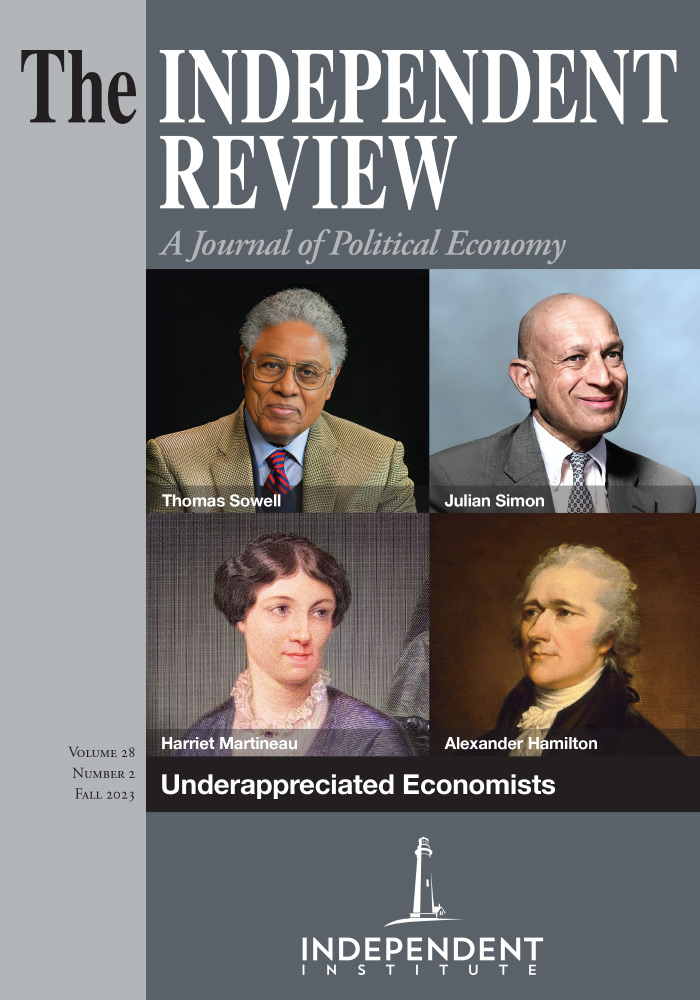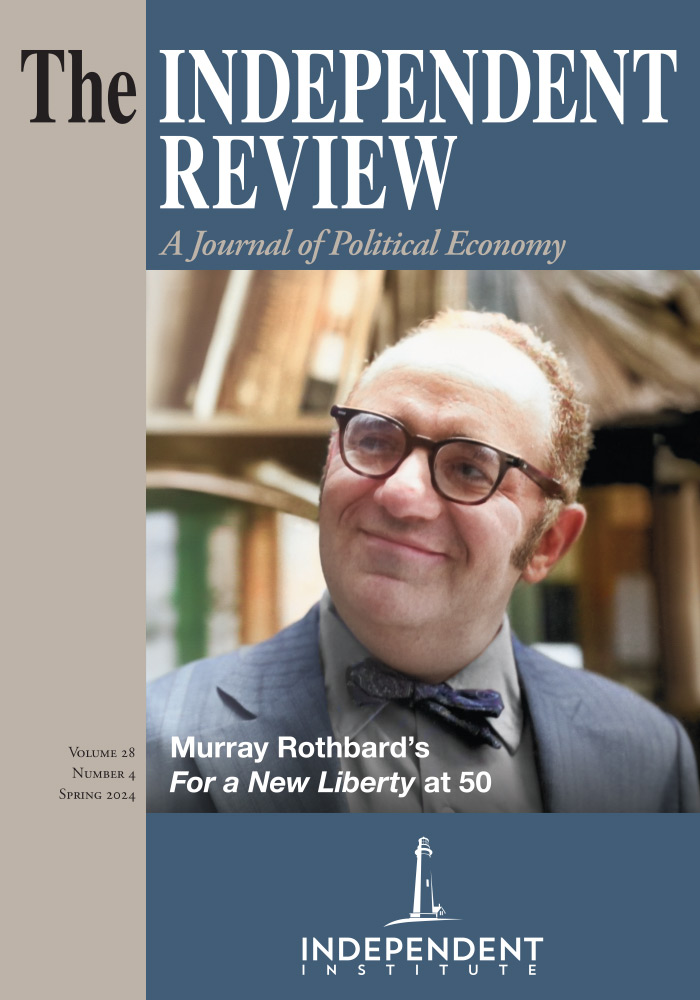Karl Mittermaier thought there were many different “invisible hands,” as many as there were forms of the “visible hand” institutional context. He is underappreciated because many of the later conclusions credited to the “New Institutional Economists” can be found, in nascent form, in Mittermaier’s work in the late 1970s. But the work has only recently been published, opening up new opportunities to consider Mittermaier’s insights.
Michael C. Munger is Senior Fellow and former co-editor of The Independent Review at the Independent Institute, and Professor of Political Science, Economics and Public Policy and Director of the Philosophy, Politics, and Economics Program at Duke University.
| Other Independent Review articles by Michael C. Munger | ||
| Summer 2024 | Secret Government: The Pathologies of Publicity | |
| Spring 2024 | Following Their Leaders: Political Preferences and Public Policy | |
| Spring 2024 | The Origins and Evolution of Consumer Capitalism; Crack-Up Capitalism | |
| [View All (80)] | ||










